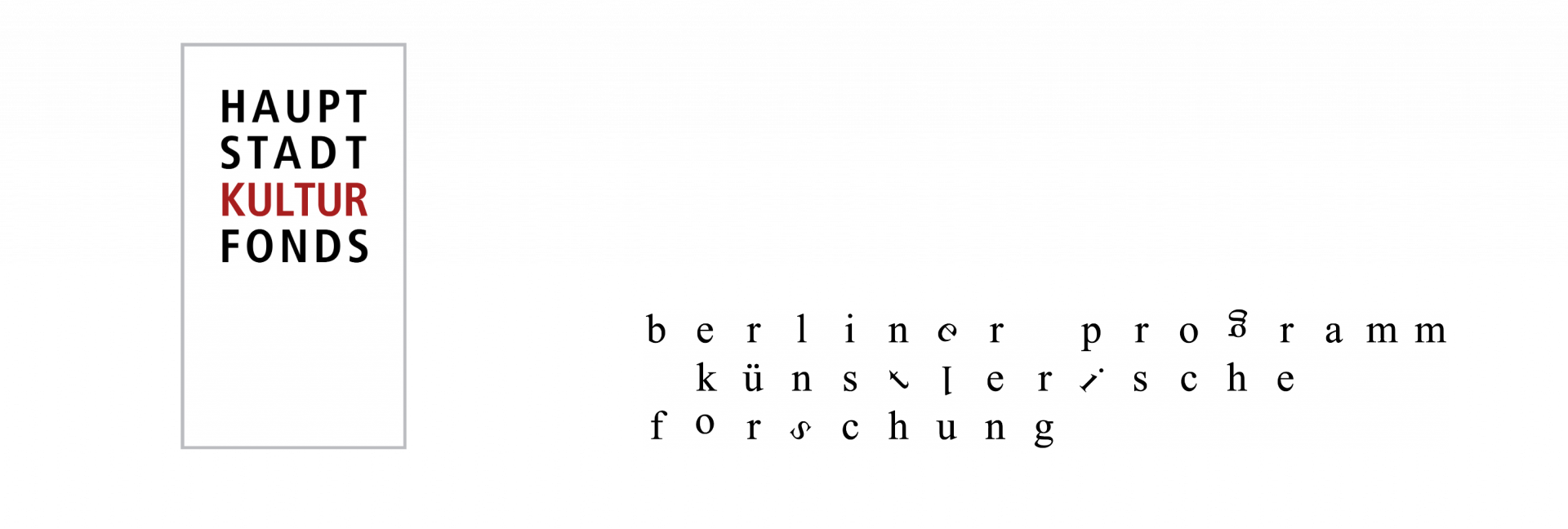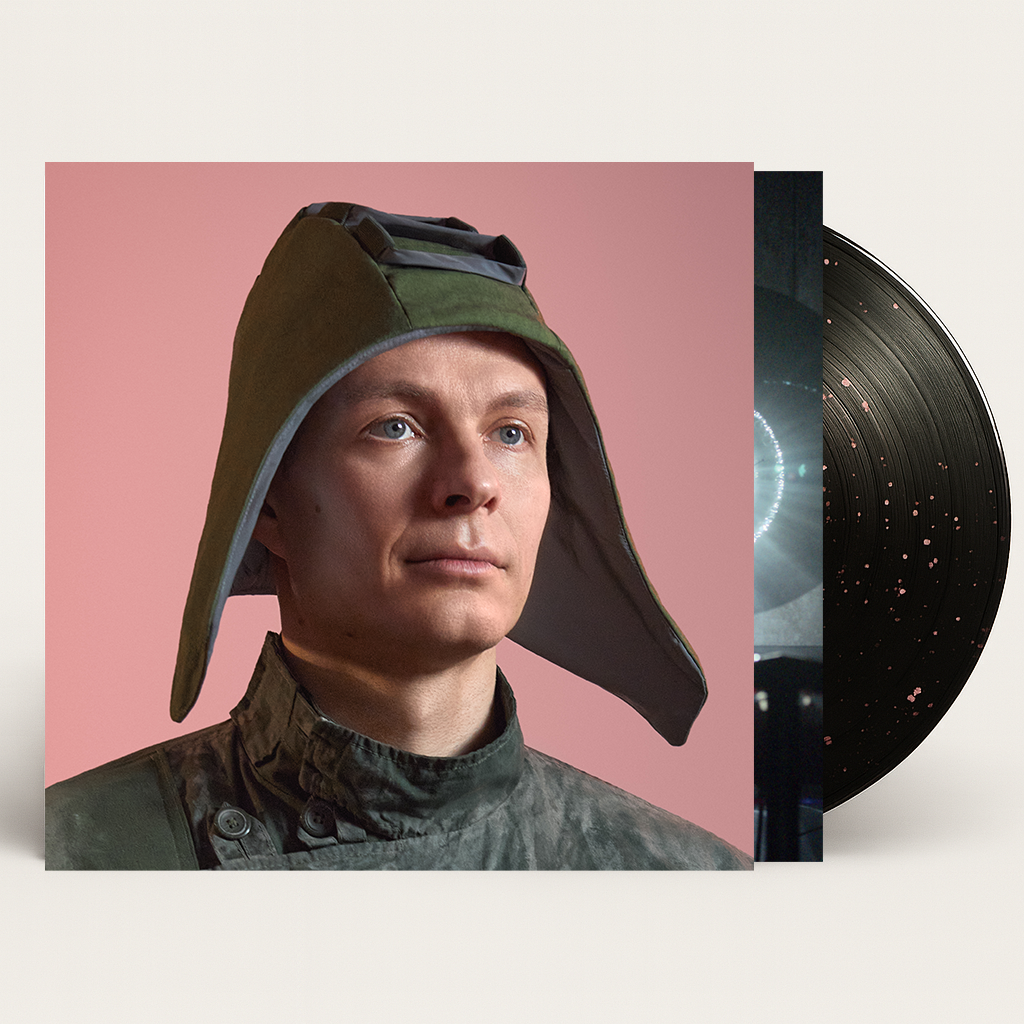Sudnozavod
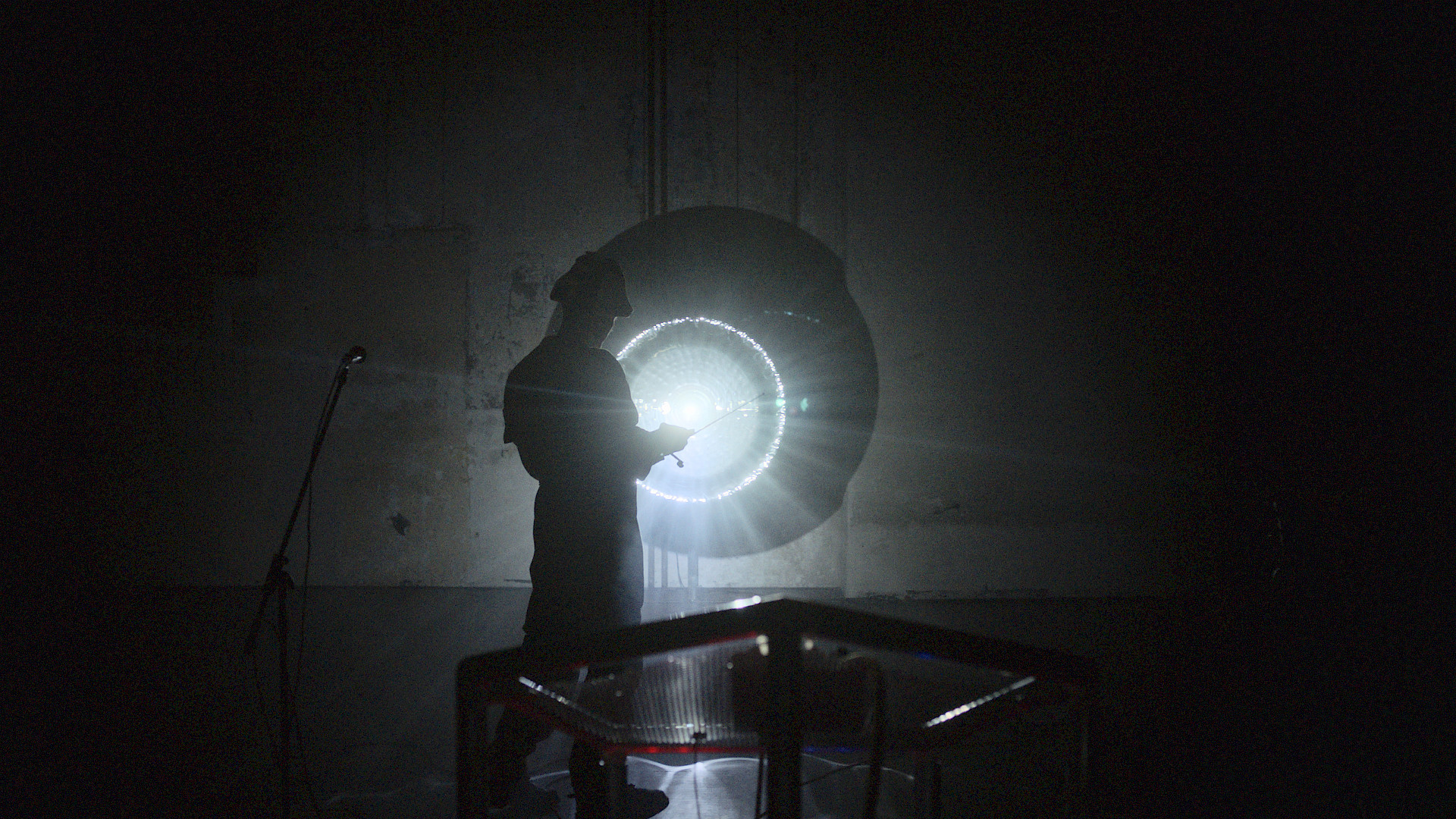
EXHIBITION & ACTIVATIONS 30.10.–02.11.2025
With Anton Kats / ILYICH
FREE ENTRY Donations welcome
ACCESS Our space is accessible by wheelchair
PROGRAMME
EXHIBITION | |
Thursday–Sunday | Exhibition on view |
[Please note: On Saturday, 01.11., the exhibition will be open in parallel to the celebration of SAVVY's 15th anniversary] | |
ACTIVATIONS | |
30.10.2025 19:00 | Opening with film premiere & vinyl launch |
02.11.2025 15:00 | Listening session & conversation between Anton Kats & Rike Frank |
What is Sonic Antifascism?
For ILYICH, something like an answer begins in Kherson’s vast ruined shipyard looming large in the shadows of history. Situated in the delta of the Dnipro in southern Ukraine, the shipyard was once the largest in the USSR, giving birth to Vishwa Asha, meaning Universal Hope, a cargo ship built in 1974 during the Indo-Soviet partnership. Decades later, Vishwa Asha is decommissioned or lost, a ghost ship drifting through fractured narratives of war.
Sudnozavod (Ukr. “Shipyard”) is a new video work and album by ILYICH that expands on the performance After Hope, premiered at Sophiensæle in Berlin. Both the album and the video emerged from the process of creating this performance, with compositions developed as part of it. The exhibition at SAVVY Contemporary coincides with the digital and vinyl release of the album Sudnozavod.
The video Sudnozavod builds on performative gestures, spoken words, and concert-like sonic elements of After Hope, grain by grain, examining the processes by which hope is built and translates these into a cinematic form. Made in collaboration with visual sign choreographer Rita Mazza, the video points towards multiple modes of listening not tied to the auditory.
An artistic fabulation grounded in lived experience, the album draws from the sounds of 1970s and 1990s Ukraine, embracing jazz fusion, spoken word, pop, field recordings, electronic music, and cinematic soundscapes. In the 70s and 80s, albums like Portrait in Jazz by Bill Evans or Birds of Fire by Mahavishnu Orchestra were smuggled into Ukraine and copied onto discarded x-rays, known as bones. These sonic relics formed an underground archive of forbidden sound. In a context where sub-dominant jazz chords were politically suspect, even soft music became a form of resistance. After the USSR collapsed, new sonic currents arrived: artists such as Theo Parrish, Tricky, Laraaji, and UK pop. Music suddenly circulated freely via bootlegs and radio, resonating with hope for independence and openness through sound. With little cultural context for previously unheard sound and music, it opened possibilities to trace their origins and to resound the present otherwise. The album Sudnozavod carries this lineage of sonic smuggling, imagining another world amid the ruins of the present.
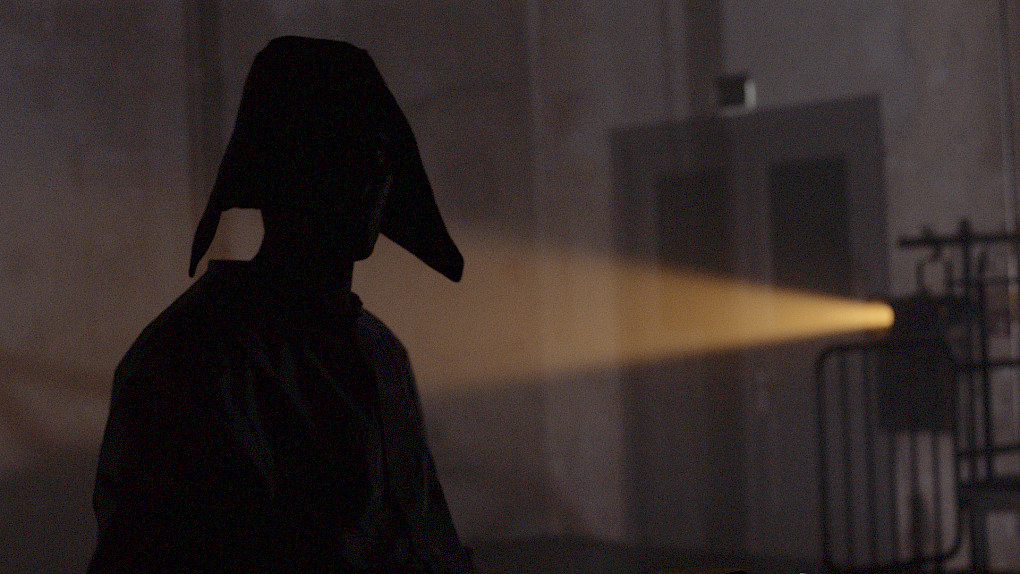
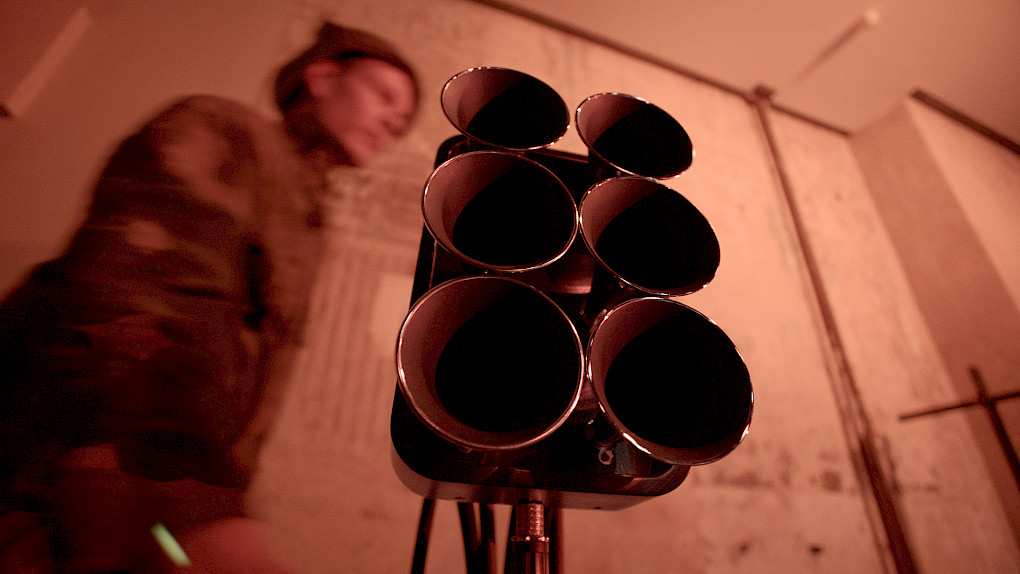
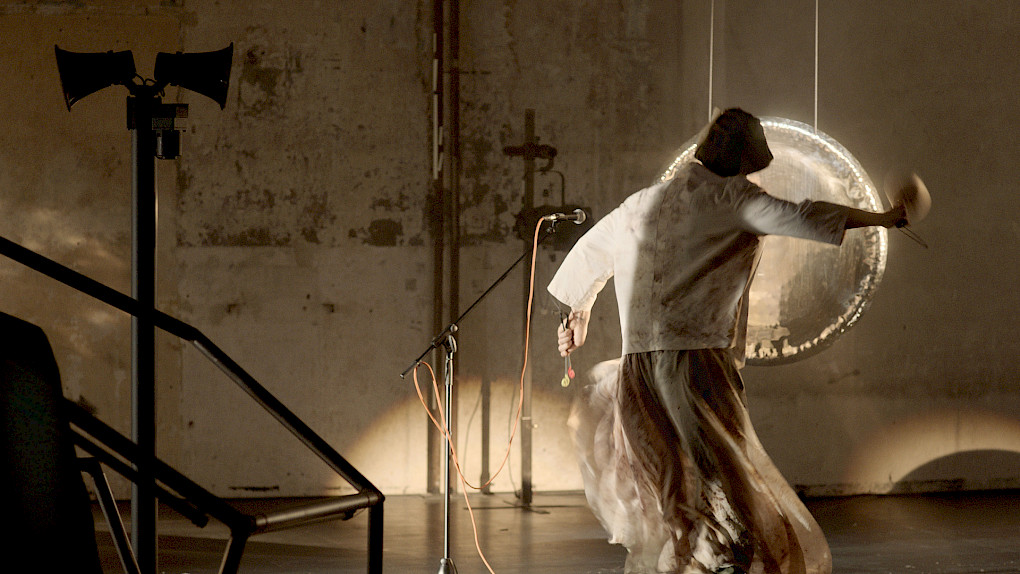
The work responds to global fascization, specifically through the lens of Russia’s invasion and occupation of Ukraine, a fascist regime claiming to lead an “anti-fascist operation.” While grounded in the specificity of Ukraine, Sudnozavod listens outwardly, standing in solidarity with other struggles against militarism, authoritarianism, and colonial violence across the globe.
Recorded in the midst of multiple wars and genocides, from Palestine to Sudan, Congo, and beyond, Sudnozavod listens into crisis without ethical certainty. Instead, it asks: what is the response-ability of an artist in a time of global rupture, and what kinds of listening might sustain hope, support resistance, and imagine existing otherwise? Textually and sonically, the works in the exhibition embrace transmigration, a nonlinear temporality where reincarnation becomes a way to move through birth and death with agency. They weave musical harmony, cosmology, and feminism to reject heroic constructs in favor of listening, care, and renewal.
The work features collaborations with musicians and artists across generations and geographies: prodigy saxophonist Andrii Barmalii from Kyiv (now drafted) adds cosmic arrays to the cinematic opener “Stapel”; George Lewis Jr., aka Twin Shadow, brings lush indie pop to “Don’t Be Afraid,” a call for resilience without fear; “Plavni,” echoing the soft resistance of 70s and 80s Ukraine, features legendary Ukrainian jazz drummer Valery Volkov, pianist Yuri Shepeta, and Hungarian flutist Fanni Zahár. Legendary artist and actress Susanne Sachsse voices the “grains of hope” with radical presence, while Olivia Lucy Phillip, known from Frozen and The Book of Mormon on Broadway, brings warmth to “Endless People,” the album’s lead single.
The project is self-released on ILYICH’s independent label afterlife records.
Anton Kats also known as ILYICH, is a musician, sound artist, and educator from Kherson, Ukraine, and currently a fellow at the Berlin Artistic Research Programme. His work spans sound, performance, film, and radio, shaped by questions of listening, displacement, and sonic antifascism. Working musically under the middle name ILYICH, which disappeared during the asylum process in Germany in the early 2000s, he moves across clubs, theatres, and exhibition spaces. His projects have been presented at documenta14, Roskilde Festival, Sonic Acts, Tate Modern, Sophiensæle, and Serpentine Galleries among others. ILYICH hosts the Listening Hymns series on Refuge Worldwide and is Associate Professor for Sonic and Listening Practices at the Oslo National Academy of the Arts.
PRESS PARTNER Modern Matters
SUPPORT The project is supported by Hauptstadtkulturfonds and Berlin Artistic Research Programme.
